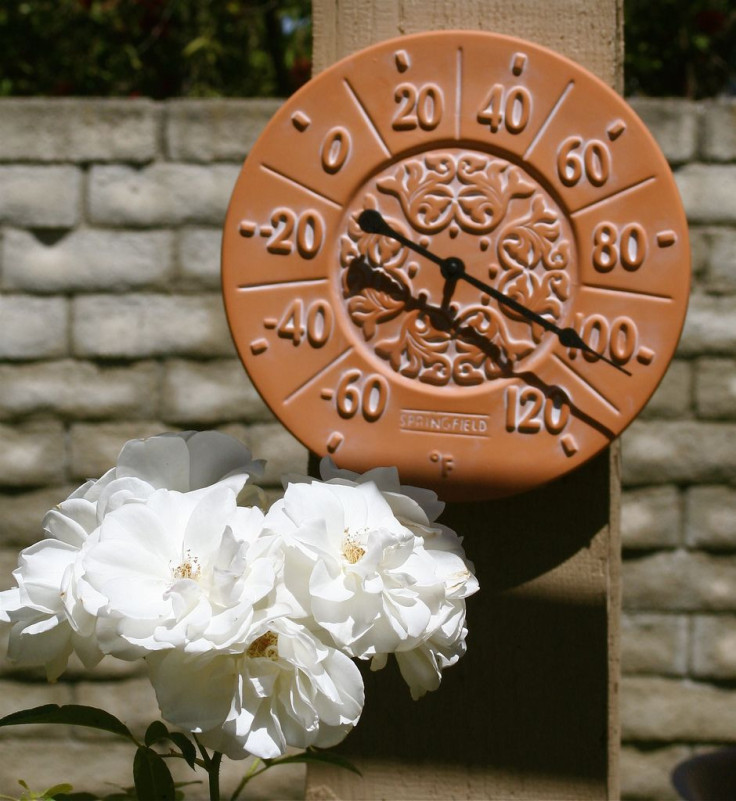Heat Advisory: Nearly 700 Americans Die During Heat Waves Every Year

From 1999 to 2009, the Centers for Disease Control and Prevention (CDC) reported a yearly average of 658 heat-related deaths occurred in the United States. Heat-related deaths are preventable, and heat response plans should be in place before an extreme heat event, or heat wave, occurs.
Between June 30, 2012 and July 13, 2012, during a widespread power outage and heat wave, a total of 32 deaths from excessive heat exposure were reported, including 12 in Maryland, 12 in Virginia, seven in Ohio, and one in West Virginia. The median age of the 32 individuals was 65 years old.
Extreme heat events, or heat waves, most affect the health of the elderly, infants, children, and people with chronic diseases. During heat waves, where outdoor temperatures reach 85°F to 100°F and over for longer than three days, it is important to take measures to ensure health and safety, despite any other unpredictablitiles like weather or power outages. Interventions, outlined by the World Health Organization, should focus on identifying and limiting heat exposure among vulnerable populations.
Long-term measures include building regulations that ensure proper ventilation or rooms, changes to urban planning that prevent the clustering of too many buildings together, and reducing air pollution and greenhouse gas emissions, known to increase the likelihood of global warming and extreme heat events. These strategies could prevent the likelihood of extreme heat events altogether. However, these measures are costly and may take years to establish.
Medium-term measures serve to redesign individual buildings so that residents can withstand dangerous increases in temperature. These measures include insulating buildings, giving them external shading from the sun as well as active and passive cooling technology that allows air from the outside to enter and ventilate the building. While these technologies would be useful in the summer, they are moderately expensive and may only prove useful in the summer months and to be a nuisance in the winter.
Short-term tactics for beating an extreme heat event, however, are affordable, but subject to unpredictable factors like weather and electricity, which can sometimes short out given a heat wave. These strategies include access to cool spaces, air conditioners, and evaporative coolers.
Heat exposure can be deadly because our bodies require a certain range of temperatures — 97.6°F to 99°F — to work optimally, as stated by the Wexner Medical Center. If our body temperature gets too high, as it can during a fever or a heat wave, the body will try to release some of its heat by sweating. However, if the surrounding conditions are just as hot or even hotter, the heat remains in the body. When internal body temperature gets too high, our cells and proteins begin to deteriorate, as they too need a certain temperature for proper functioning. Without our cells and bodily protein working efficiently, dehydration and death from heat exposure are highly likely.
In the end, safety precautions are highly necessary in the summer months, as heat can clearly become deadly.
Source: Heat-Related Deaths After an Extreme Heat Event - Four States, 2012, and United States, 1999-2009. Morbidity and Mortality Weekly Report. 2013.
Published by Medicaldaily.com



























